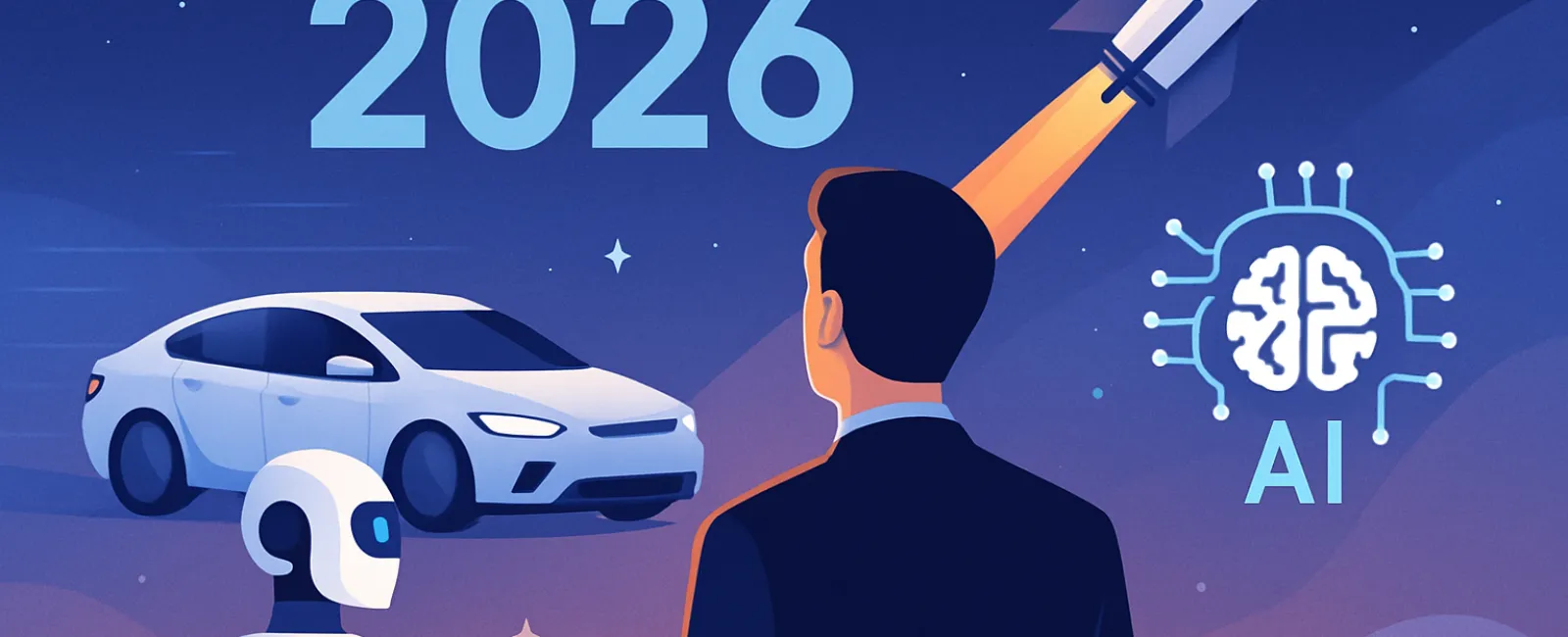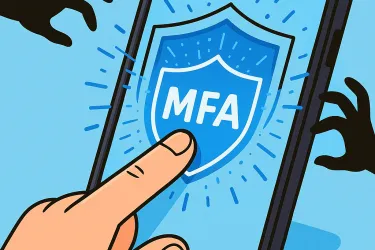As 2025 winds down, business owners and managers across all industries are facing the reality that things are changing fast. From how we communicate to how we deliver products and services, disruption is no longer a buzzword. It's the new normal.
At CONNECT 2025, Mike Farlow explored this idea in depth, sharing insights on how to prepare for what's next in technology and business. Here are three big concepts from that keynote that can help every small business leader make smarter decisions moving into 2026. Check out the highlight video here:
Disruption Is Here, Whether You're Ready or Not
Disruption isn't just about flashy inventions or Silicon Valley start-ups. It's about replacing outdated systems and methods with faster, better, or more cost-effective alternatives. That's happening now across every industry.
Disruption Already Happening:
-
Autonomous transportation is already reshaping the travel experience. In Austin, Texas, riders can choose between a human driver or an autonomous vehicle on their Uber app. Tesla is rolling out RoboTaxis with the goal of producing one every 30 seconds and deploying more than a million in the next year. The impact on transportation, logistics, and commuting costs could be massive.
-
Pharmaceutical development is accelerating dramatically thanks to AI. What used to take a decade, researching and creating new drugs, can now happen in a matter of months.
-
Space travel is being redefined by commercial ventures. The FAA is clearing paths for easier access to orbit, and it's possible that trips across the world may soon take place via suborbital flights that reach destinations in a fraction of the current time.
Disruption reprices time. Think about a farmer using a sickle versus one using a combine harvester. One day of work turns into a few minutes. That's what technology is doing for businesses that embrace it.
Ask yourself: What tasks in your business are taking too long or costing too much? What could be automated or streamlined with a small change?
A New Mindset Is Required
It's not enough to know disruption is happening; you have to be open to doing things differently.
This shift in thinking means asking new questions when solving problems. Can AI help? Is there a better tool? Is there a faster way? If that kind of curiosity isn't part of your company culture, competitors who do embrace it may pull ahead.
How Businesses Are Adapting Now:
-
Scheduling meetings used to be a time-consuming back-and-forth. Now tools like Calendly or Microsoft Bookings eliminate all the friction and save dozens of hours per year. Learn more about these tools here.
-
AI tools like ChatGPT, Copilot, Gemini, and Grok are being adopted by 65% of businesses. These tools write, summarize, analyze, brainstorm, and even generate full reports or documents with just a few prompts.
-
Communication habits change too. Years ago, texting felt unnecessary when email worked just fine. Now, texting is part of daily life. Leaders have to stay flexible and open as communication tools evolve again.
Being open to new solutions doesn't mean adopting everything that comes along. But it does mean taking time to evaluate and experiment with tools that could improve productivity, efficiency, or customer experience.
Nothing Changes Without Action
Recognizing disruption and developing a new mindset is only valuable if it leads to action. Without action, there's no progress.
Putting Innovation Into Action:
-
AI note-taking tools like Fathom or Otter are changing how meetings are run. These tools automatically summarize discussions, assign tasks, and keep everyone aligned - especially when meetings happen virtually.
-
AI-generated content is saving time in video production, policy management, and onboarding. At ComTech, real employee handbooks were uploaded into an AI tool, which could then answer questions, guide new hires, and respond in multiple languages with a friendly, human-like tone.
-
YouTube automation and content repurposing through AI is helping teams like ours expand educational content while reducing time spent on manual editing.
So what action can you take today? Start by identifying three pain points in your business. Then consider whether new tools, automation, or outside help could make a difference.
Final Thoughts
The pace of change is accelerating, and ignoring it won't make it slow down.
ComTech is committed to staying ahead of the curve, testing and implementing new solutions so that our clients and community can focus on what they do best. If you need help exploring tools that fit your needs or want to integrate these solutions into your operations, we're ready to support you.
Smart decisions start with awareness. The next step is yours.







